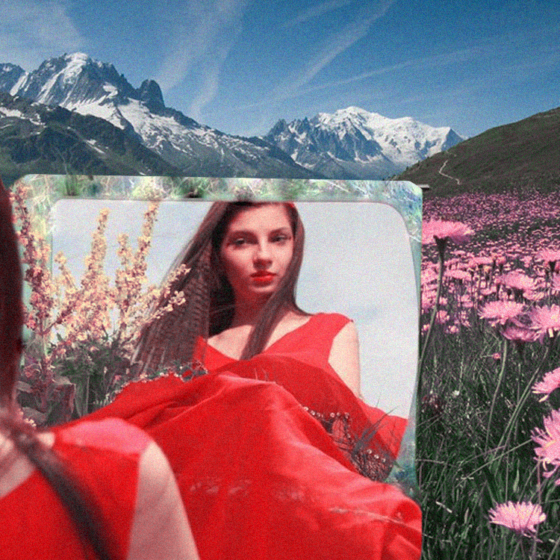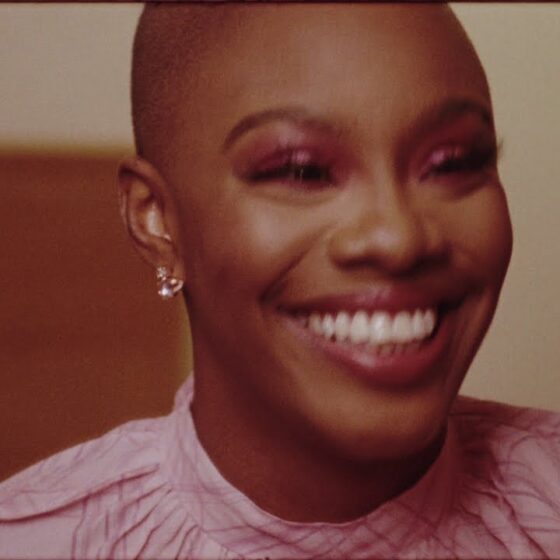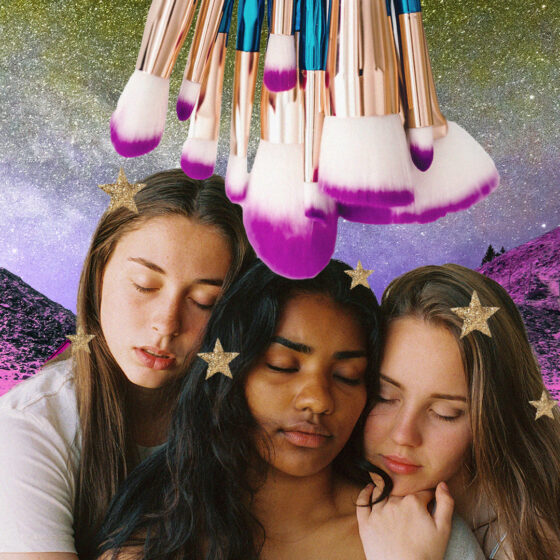Imagine having the privilege of popping into your local drugstore and quite easily picking up your foundation shade, should a foundation emergency arise. You may, but for individuals with a darker skin tone, for individuals like me this is not a reality. The issue of shade diversity in the industry is nothing new. Yes, Fenty beauty may have disrupted the industry and yes, the industry has come some way from what it used to be.
So, why is shade diversity still an issue in the beauty industry?
I’m on YouTube, stuck in a cycle of watching makeup tutorials, foundation reviews and PR unboxing. I’m intrigued by the latest Dior foundation offering. Summer skin in a bottle, what is not to love? Before the video could even end, I’m on the Dior site ready to part with my money. I’m riding the wave of excitement in a sea of false ideals, where even someone with my skin tone has a right to be included. That’s not the case. With only five shades available, I’m quickly reminded of my place within the beauty world.
A world where my darker skin deems me not worthy of being beautiful.
Of course, it’s not only Dior. In the last couple of years, Clarins, Chanel and It Cosmetics to name a few have failed time and time to offer an inclusive shade range, that goes beyond the basic offering of two shades for the whole Black community. Failing to acknowledge the very existence of the Black beauty consumer. It’s not the matter of Black people not buying beauty products, in fact, a recent Neilson study found that Black people spent considerably more on beauty products than their white counterparts. The market is there, the technology is there, the finances and the research are there, this begs the questions as to why brands are continuously erasing the black consumer.
Often depoliticised, the beauty industry isn’t regarded as a primary factor in racism. When in fact it’s a powerful tool in driving white-centric ideals and fuelling white supremacy. The British beauty council revealed that the UK beauty industry is worth over £28.4 billion, with a large reach, it sets the tone for an accepted collective beauty standard. A standard that suggests that beauty is synonymous with white. This view has been internalised globally, the World Health Organisation reported that over half of the population in Asia use some sort of product to whiten their skin and over 77% in Nigeria. The insidious nature of racism within the beauty industry allows for the cementing of white beauty ideals to the masses. Together with the power of social media, this message is imprinted even into the most impressionable of society continuing racist propaganda for the next generation.
The issue of racism in the beauty world goes far beyond shade diversity. It’s in the lack of representation in campaigns, product release events, brand messaging and I could go on. It has affected Black consumers for far too long and can no longer be viewed as a niche, it’s a wider problem. Accountability lies with the beauty industry as a whole, from the people at the top making decisions to marketing teams, to the stockist. It’s a web of micro-aggressions, that work to devalue Black beauty.
It’s a web of micro-aggressions, that work to devalue Black beauty.
And it will take the people at the top, the marketing teams and the stockists, to step up and make a change. In 2019, Superdrug made the change to only stock foundations from brands that had at least 20 shades ranging from pale to dark. It is changes like these that set the groundwork for a more inclusive and representative experience. It’s important to be seen.
With Fenty beauty came a shift in mainstream beauty, which set a new standard for future foundation releases. Continuously, brands have played the card that they’ll add to the shade range in the future, as with the Tarte Shape Tape foundation release, as if Black people were an afterthought. While brands such as Fashion Fair and Black Up were catering to darker skin tones from the get, go.
More and more brands are slowly catching onto the power of the black consumer, with brands such as KVD, Mac, Lancôme and Nars releasing an inclusive range of shades that truly accommodates to the wide spectrum of black skin tones. Despite this trend, 2017 – 2018 saw a 5% decrease in marketing geared towards Black people (Neilson study). From the onset, the Black consumer is robbed of the idea that they too belong in the beauty world.
With every limited shade range release, brands are sending a loud and clear message; Black is not beautiful. This doesn’t only work to omit black beauty. It chars racial prejudices into wider society.
No narrative, no reasoning, can disguise the racism that seeps from the industry that sets to marginalise Black individuals from the beauty experience.
The beauty industry has a lot of work to do. It’s easy to continue to view the beauty industry as small in the larger picture but it doesn’t seem right to be trapped by its smallness only for the colour of your skin.









